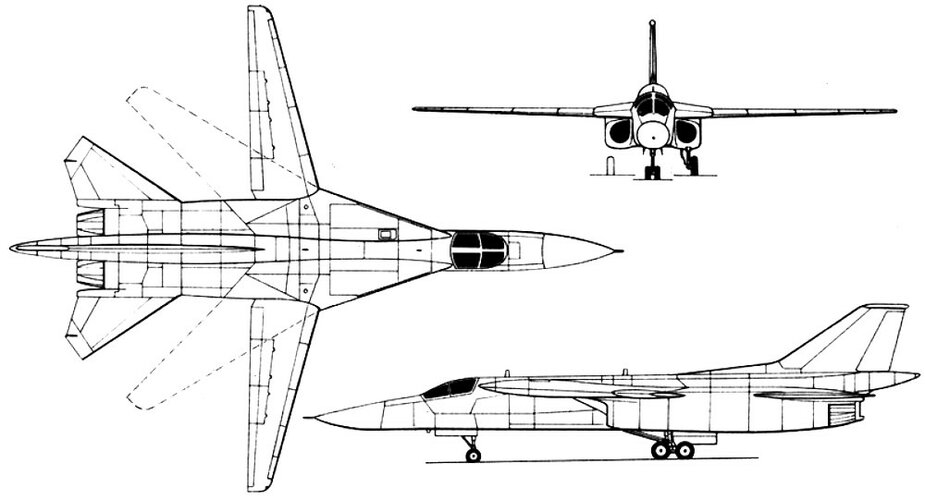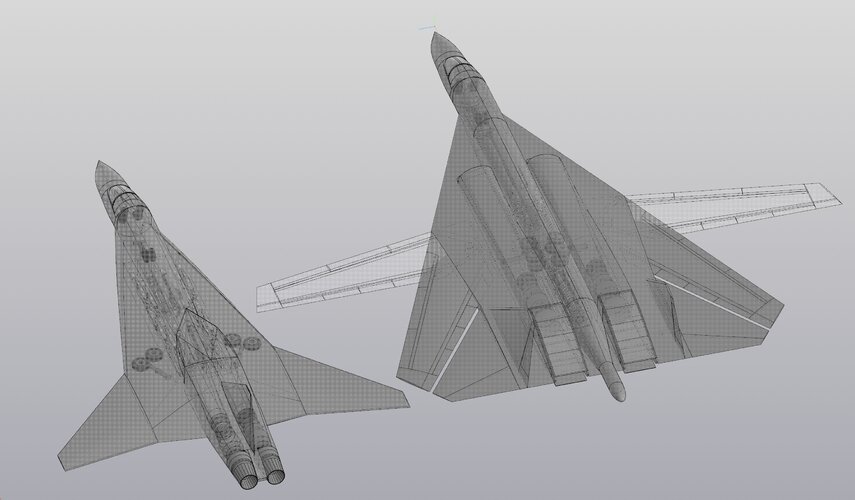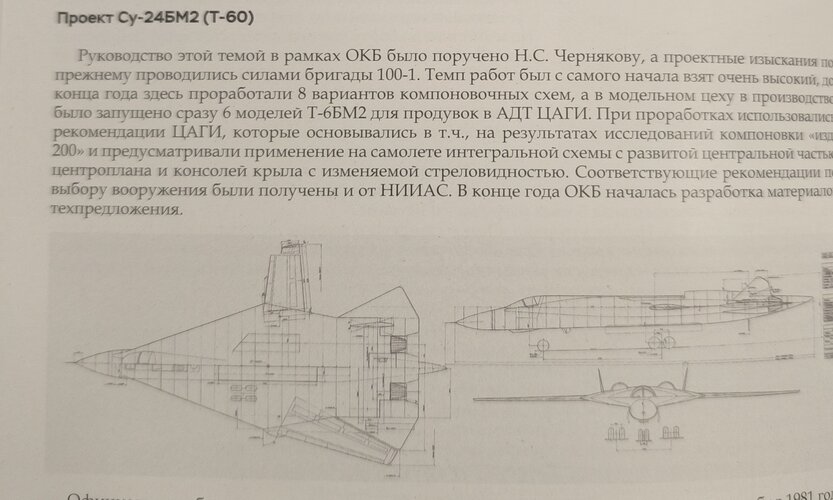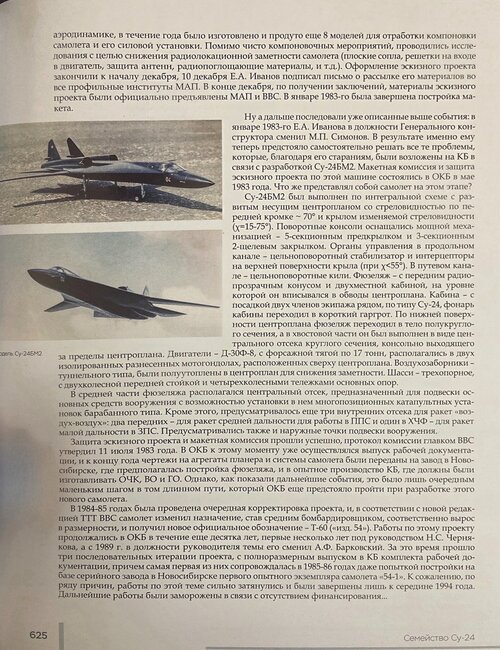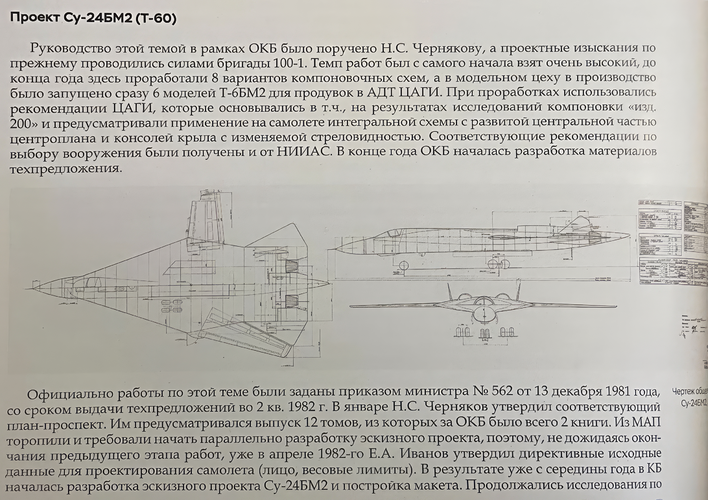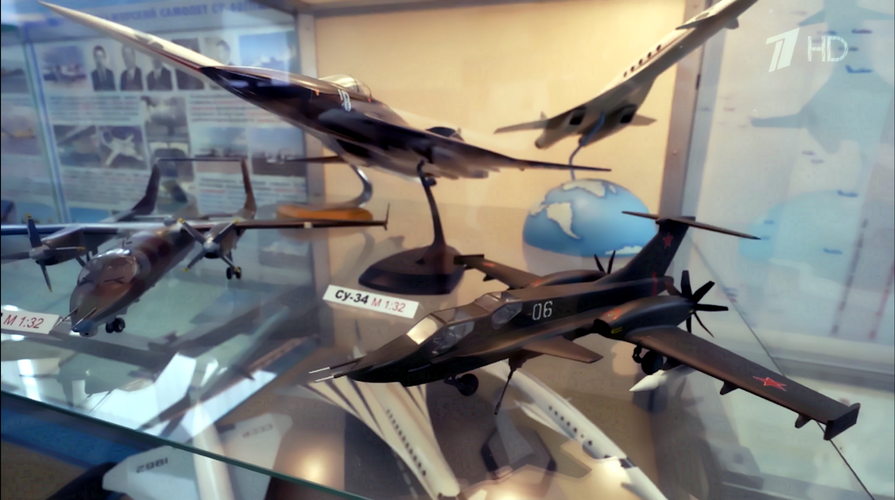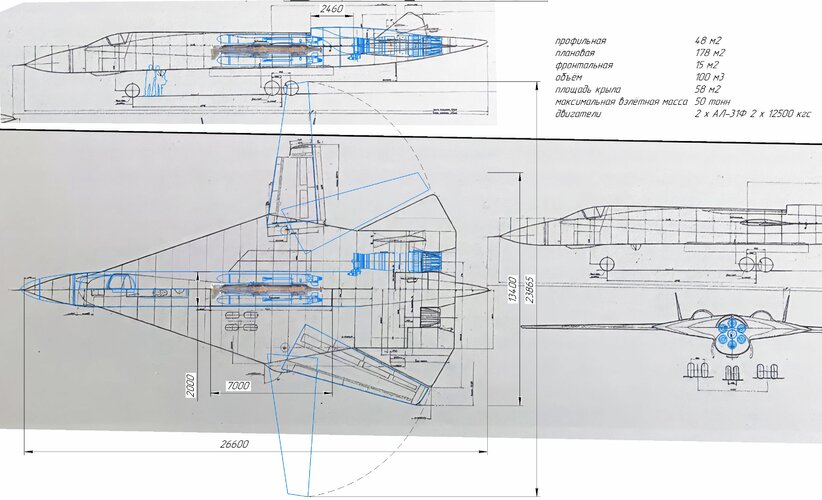...aerodynamics, during the year 8 more models were manufactured and blown through to work out the layout of the aircraft and its power plant. In addition to purely layout measures, studies were conducted to reduce the aircraft's radar signature (flat nozzles, engine inlet grilles, antenna protection, radar-absorbing materials, etc.). The design of the draft design was completed by the beginning of December, on December 10 E.A. Ivanov signed a letter on sending his materials to all specialized institutes of the MAP (Ministry of Aviation Industry). At the end of December, upon receiving the conclusions, the materials of the draft design were officially presented to the MAP and the Air Force. In January 1983, the construction of the model was completed.
Well, then followed the events already described above: in January 1983, E.A. Ivanov was replaced as General Designer by M.P. Simonov. As a result, it was now up to him to independently solve all the problems that, thanks to his efforts, were assigned to the KB (design bureau) in connection with the development of the Su-24BM2. The mock-up commission and the defense of the draft design for this machine took place at the OKB (experimental design bureau, the same as the KB) in May 1983. What did the aircraft look like at this stage? The Su-24BM2 was made using an integrated scheme with a developed load-bearing center section with a sweep along the leading edge of ~ 70 ° and a variable-sweep wing (X = 15-75 °). The rotating consoles were equipped with powerful mechanization - a 5-section slat and a 3-section 2-slot flap. Controls in the longitudinal channel - an all-moving stabilizer and spoilers on the upper surface of the wing (at x < 55 °) - In the track channel - all-moving vertical stabilizers. The fuselage has a forward radio-transparent cone and a two-seater cockpit, at the level of which it fits into the contours of the center section. The cockpit has a seating arrangement for two crew members side by side, like the Su-24, the canopy of the cockpit transitioned into a short fairing. Along the lower surface of the center section, the fuselage transitioned into a body of a semicircular section, and in the tail section it was made in the form of a central compartment of a circular section, cantilevering beyond the center section. The engines are D-30F-8, with an afterburning thrust of 17 tons, located in two isolated spaced nacelles located on top of the center section. The air intakes are of a tunnel type, were semi-recessed into the center section to reduce visibility. The chassis is tricycle, with a two-wheeled front strut and four-wheeled main landing gear bogies. In the middle part of the fuselage there was a central compartment designed for suspension of the main weapons with the possibility of installing multi-position drum-type catapult mounts in it. In addition, three more internal compartments for air-to-air missiles were provided: two front ones - for medium-range missiles for operation in the PPS (in the front hemisphere) and one in the KHChF (tail part of the fuselage) - for short-range missiles in the ZPS (in the rear hemisphere). External points for suspension of weapons were also provided. The protection of the draft design and the mock-up commission were successful, the protocol of the commission was approved by the Air Force Commander-in-Chief on July 11, 1983. By this time, the OKB was already issuing working documentation, and by the end of the year, the drawings for the airframe units and aircraft systems were transferred to the plant in Novosibirsk, where the fuselage was supposed to be built, and to the design bureau's pilot production facility, where the detachable wing section, vertical tail, and horizontal tail were to be manufactured. However, as subsequent events showed, this was only another small step in the long path that the OKB still had to go through in developing this new aircraft. In 1984-85, another adjustment to the project was made, and, in accordance with the new edition of the TTT (tactical and technical requirements) of the Air Force, the aircraft changed its purpose, becoming a medium bomber, correspondingly increased in size, and received a new official designation - T-60 ("edition 54"). Work on this project continued at the OKB for another ten years, the first few years under the leadership of N.S. Chernyakov, and since 1989 he was replaced as the head of the project by A.F. Barkovsky. During this time, three successive iterations of the project took place, with a full-scale release of a set of working documentation in the design bureau, and the very first of them was accompanied in 1985-86 even by an attempt to build the first prototype of the "54-1" aircraft at the serial plant in Novosibirsk. Unfortunately, for a number of reasons, work on this topic was greatly delayed and was completed only by mid-1994. Further work was frozen due to lack of funding...







